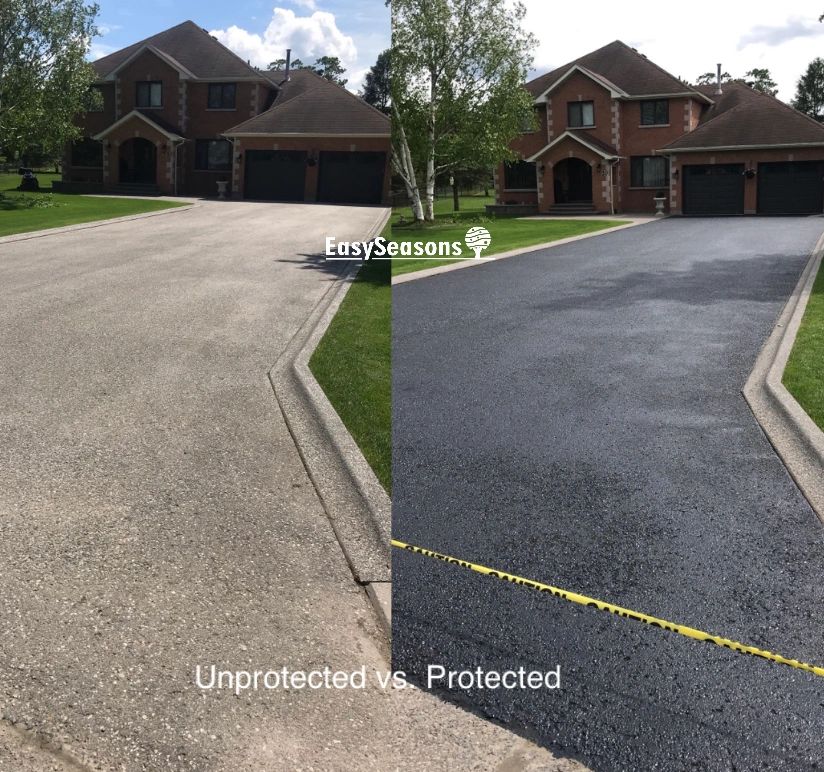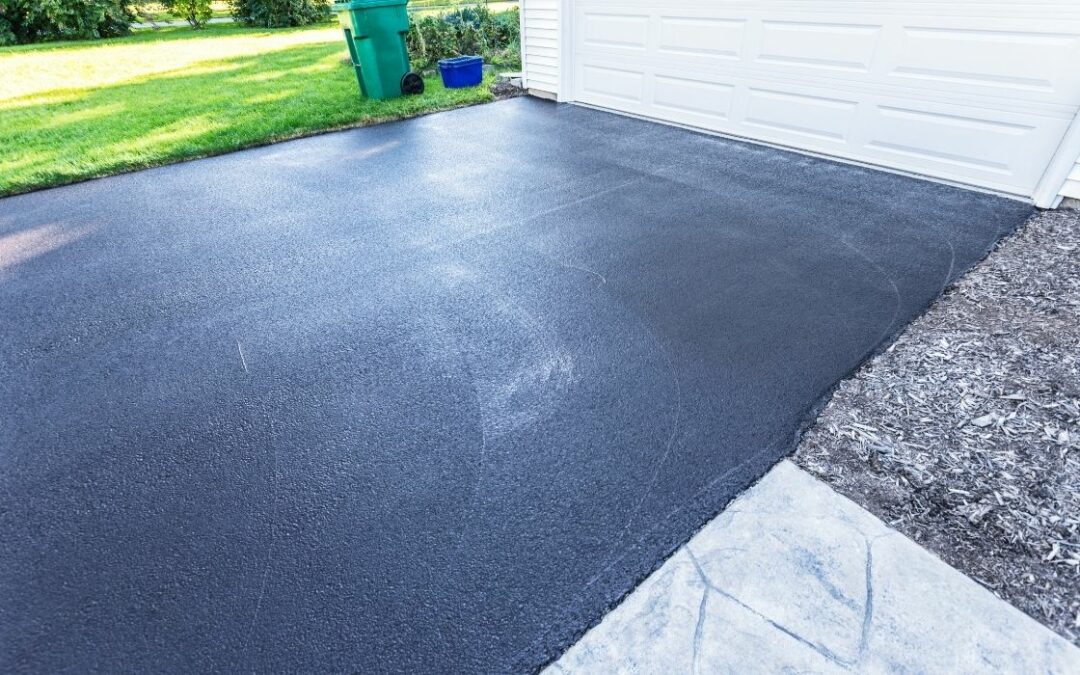Hot Mix Asphalt: A Sustainable Remedy for Sidewalk
Warm Mix Asphalt (HMA) has emerged as a leading sustainable choice for sidewalk options, supplying a myriad of innovative modern technologies and ecological benefits. As the need for green building methods grows, checking out the subtleties of HMA's sustainability can provide valuable understandings right into the future of sidewalk solutions.
Ecological Benefits of Warm Mix Asphalt

Moreover, Hot Mix Asphalt helps to mitigate urban heat island effects. Its dark color takes in sunshine, lowering the quantity of warm mirrored back into the ambience compared to lighter-colored sidewalks. This can decrease ambient temperatures in urban locations, lowering the need for air conditioning and inevitably minimizing energy consumption.
In addition, Warm Mix Asphalt adds to improved stormwater management. Its permeable nature allows water to charge and infiltrate the sidewalk groundwater supplies, reducing drainage and the risk of flooding. These environmental benefits make Warm Mix Asphalt a sustainable selection for leading highways and roadways.
Power Effectiveness in HMA Manufacturing
Is power effectiveness a vital aspect in the manufacturing of Hot Mix Asphalt (HMA)? Definitely. Energy plays a substantial duty in the manufacturing of HMA, impacting both price and environmental sustainability. One key aspect of energy efficiency in HMA manufacturing is the use of cozy mix asphalt (WMA) technologies (commercial parking lot paving). WMA enables for the blending and placement of asphalt at reduced temperatures compared to standard hot mix asphalt, resulting in lowered energy intake throughout production. This procedure not only reduces gas use yet also decreases greenhouse gas emissions, making it a much more eco-friendly alternative.
Additionally, innovations in plant modern technologies have actually led to even more energy-efficient HMA manufacturing procedures. By maximizing power usage in HMA production, the market can decrease its carbon impact while keeping top notch pavement materials.
Recyclability of Hot Mix Asphalt
The recyclability of Warm Mix Asphalt (HMA) is an essential element of its sustainability and lasting ecological impact. HMA is one of the most recycled materials in the USA, with over 100 million lots of redeemed asphalt sidewalk (RAP) being recycled annually in new pavement building. Recycling HMA uses a number of ecological advantages, such as minimizing the demand for virgin materials, decreasing power consumption during production, and decreasing the amount of waste sent out to garbage dumps.
The process of reusing HMA involves milling the existing sidewalk, squashing it right into smaller pieces, and blending it with brand-new accumulation and asphalt binder to develop a recycled mix. On the whole, the recyclability of HMA plays a significant duty in promoting sustainable techniques within the pavement sector.

Long-Term Efficiency of HMA
Asphalt pavements demonstrate durability and durability over a prolonged duration, mirroring the long-term efficiency of Warm Mix Asphalt (HMA) Furthermore, developments in HMA technology, such as the usage of polymer-modified binders and cozy mix asphalt, have better boosted the longevity and long life of HMA pavements. By prioritizing high quality building and upkeep methods, HMA proceeds to verify itself as a cost-effective and lasting solution for long-lasting pavement facilities.

HMA: Durability and Sustainability
Demonstrating both durability and sustainability, Hot Mix Asphalt (HMA) has click here for more info actually become a foundation in the building of long-lasting pavement infrastructures - hot mix asphalt. HMA's durability originates from its ability to stand up to hefty loads, severe weather, and high traffic volumes, making it a reputable option for streets, highways, and airport runways. The make-up of HMA, which normally consists of aggregates, binder, and filler, plays a critical duty in boosting its long life and resistance to tear and use
Additionally, HMA's sustainability hinges on its recyclability and energy-efficient production procedure. The ability to reuse redeemed asphalt pavement (RAP) in brand-new HMA combinations minimizes the demand for virgin materials and minimizes the environmental effect of pavement building and construction and maintenance. Furthermore, the energy efficiency of creating HMA hinges on its reduced blending temperatures contrasted to various other pavement materials, causing lowered energy consumption and greenhouse gas exhausts.
Conclusion
In final thought, hot mix asphalt (HMA) provides a sustainable solution for sidewalk with its eco-friendly features. HMA's recyclability, energy performance in production, and long-lasting sturdiness make it an eco-friendly option for road construction. By saving all-natural resources, reducing waste, and reducing greenhouse gas discharges, HMA plays a critical function in advertising sustainability in infrastructure development. Its ability to reduce urban warm island results better emphasizes its significance in developing resilient and eco mindful pavement systems.
HMA is one of the most recycled materials in the United States, with over 100 million tons read this of redeemed asphalt pavement (RAP) being recycled every year in brand-new sidewalk construction.The process of recycling HMA involves milling the existing sidewalk, crushing it right into smaller sized pieces, and blending it with new accumulation and asphalt binder to create a recycled mix.Asphalt pavements show resilience and resilience over an extensive period, showing the long-lasting performance of Hot Mix Asphalt (HMA) In addition, innovations in HMA modern technology, such as the usage of polymer-modified binders and cozy mix asphalt, have actually further boosted the sturdiness and longevity of HMA sidewalks. The capacity to reuse reclaimed asphalt pavement (RAP) in new HMA mixtures decreases the demand for virgin products and reduces helpful hints the ecological influence of pavement construction and upkeep.